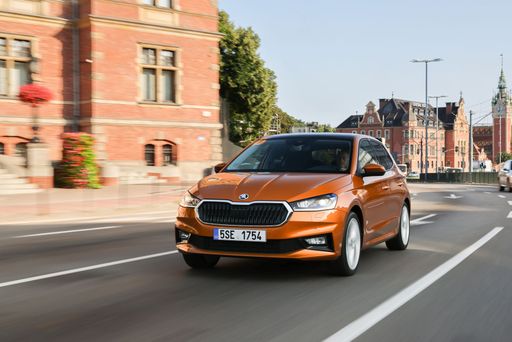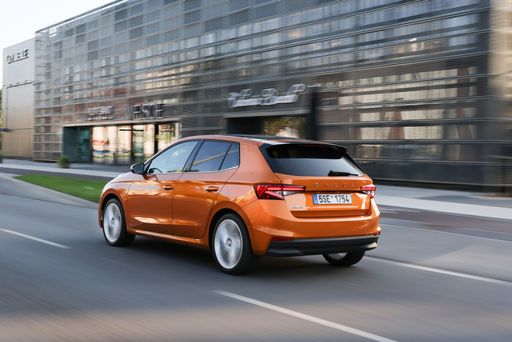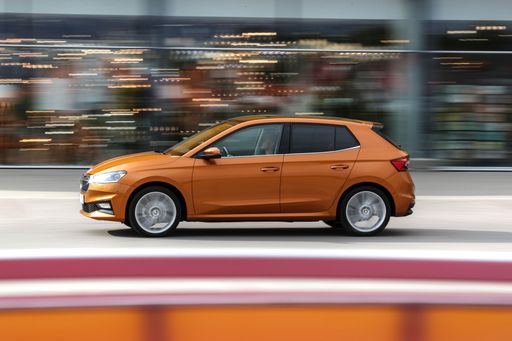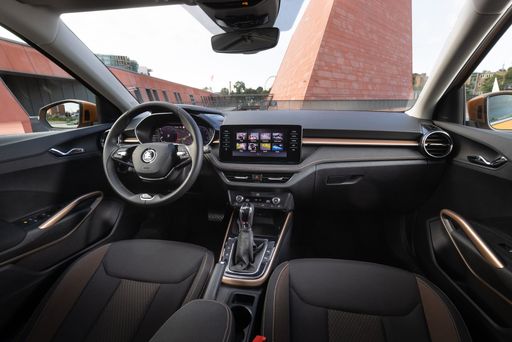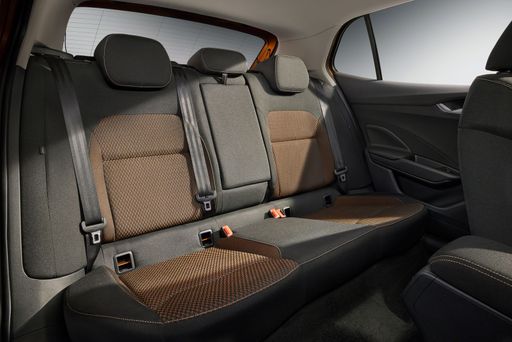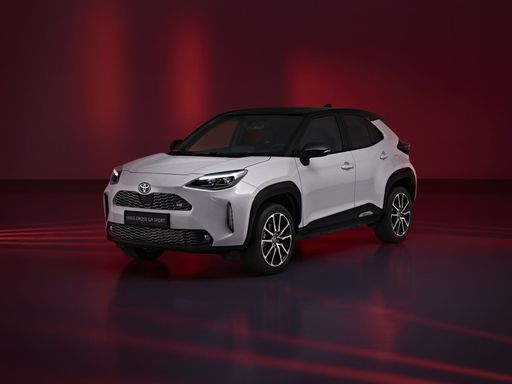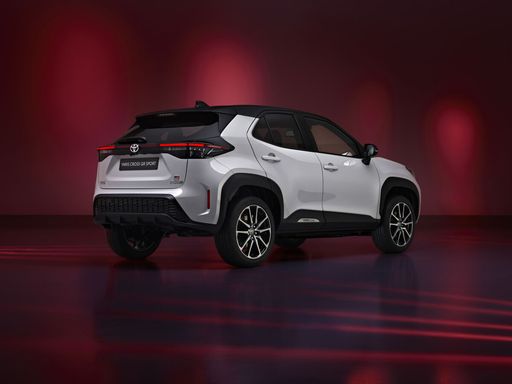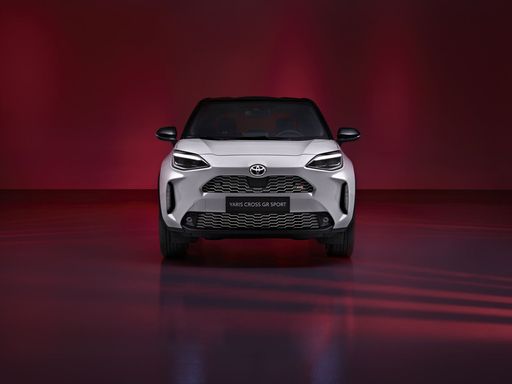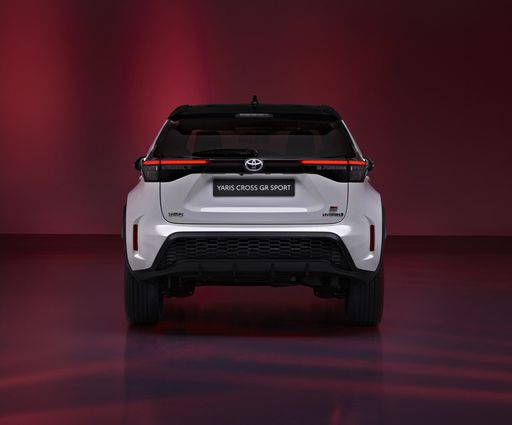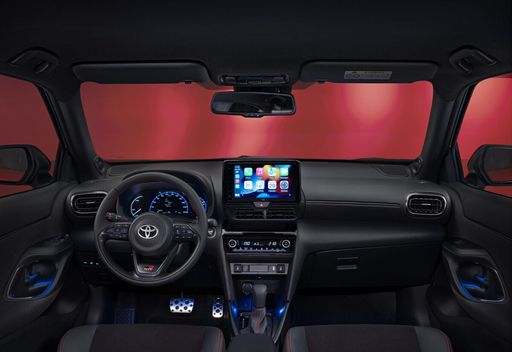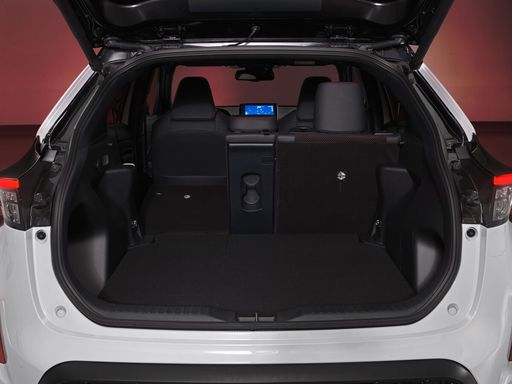Skoda Fabia vs. Toyota Yaris Cross: Battle of the Compacts
In the competitive world of compact cars, two distinct players have emerged, each bringing its unique charm and technological prowess to the table: the Skoda Fabia and the Toyota Yaris Cross. As consumers look for efficient, reliable, and stylish options, these two models cater to a diverse audience with varying needs. Join us as we delve into a detailed comparison of these automobiles, examining their technical aspects and innovations.

